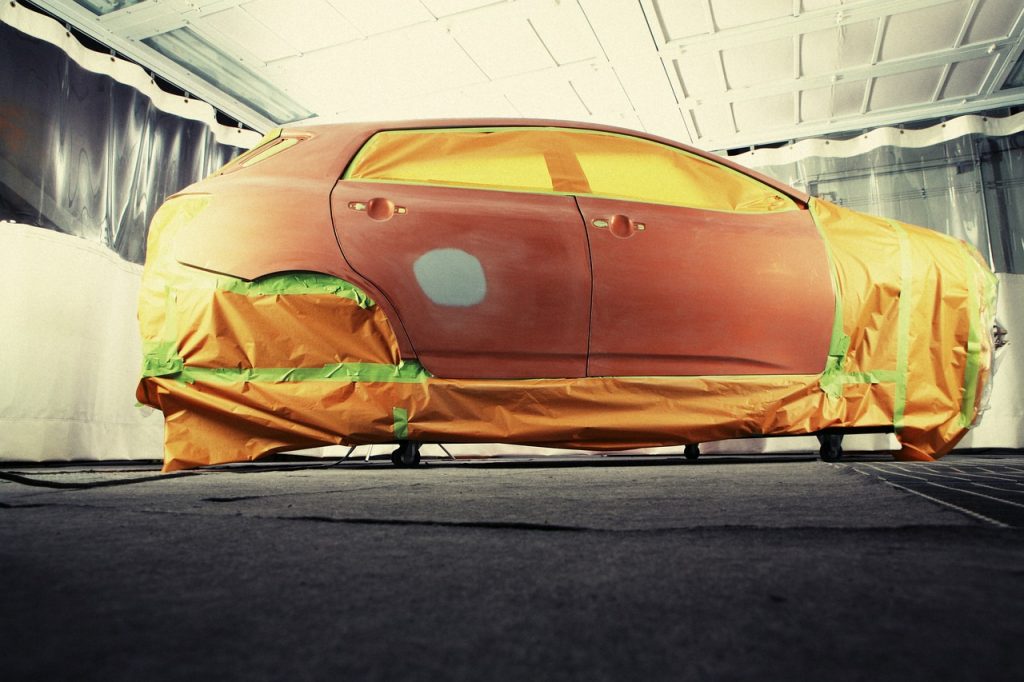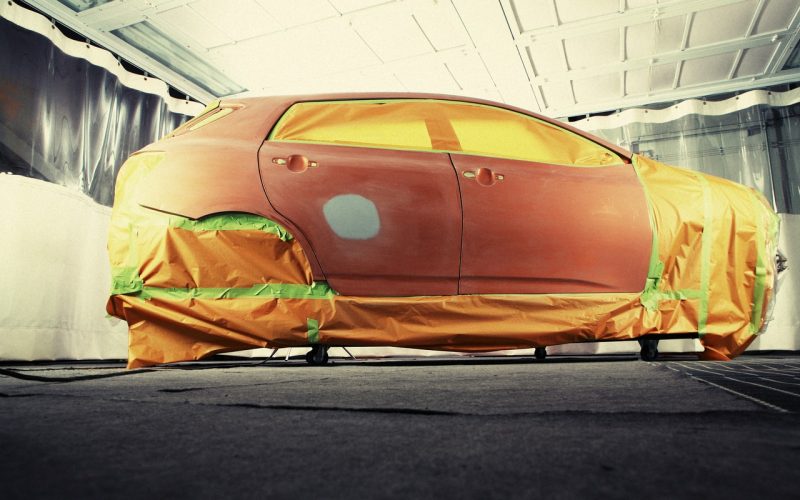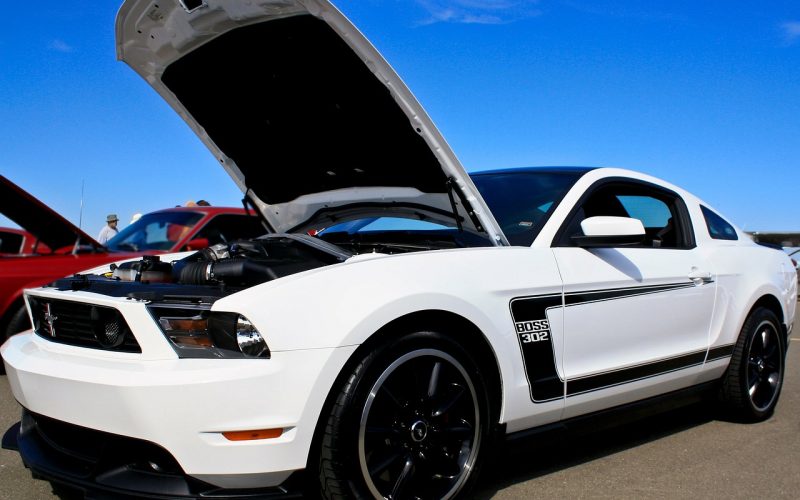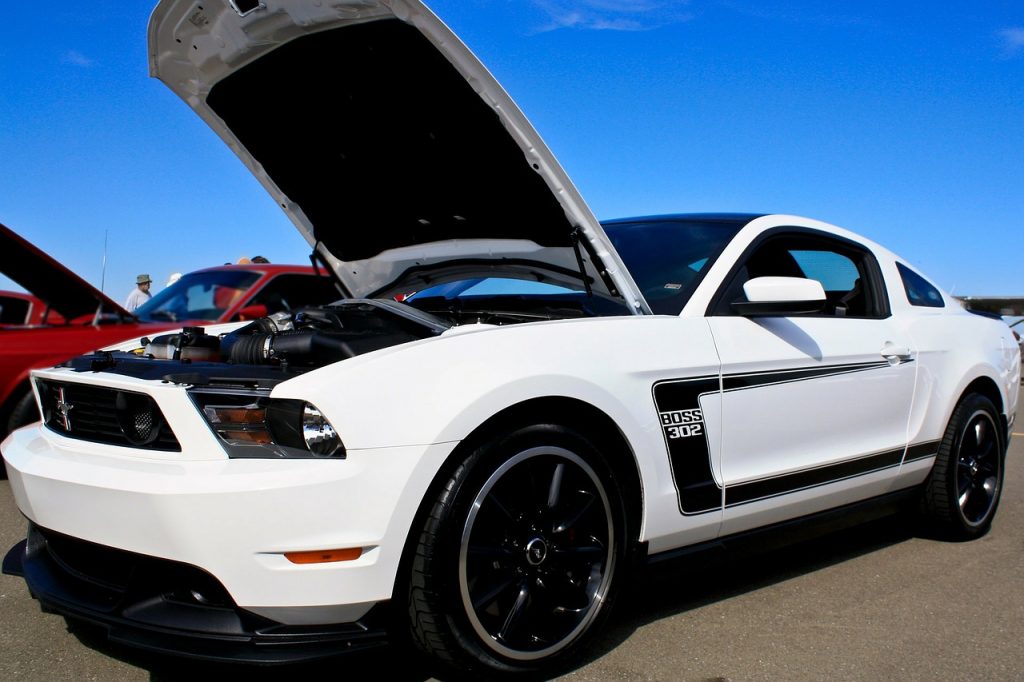
Car paint problems can be quite a headache; these are not only annoying eyesores, but they could also be hiding bigger problems. Moreover, a new appointment with a car care expert is the only way to solve it. But if you get proper technique and preparation, it is possible to get these fixed.
Read on for a list of top automotive paint issues and how to solve them.
Fish eye
Fish eyes look the part, resembling crater-like round openings that may appear after you spray your primer or paint onto a surface that has traces of wax, silicone, grease or oil. Avoid fish eyes by thoroughly cleaning the vehicle before you paint it. You may use grease remover if necessary. Fixing fish eyes usually means more work, as you would need to sand and repair the affected area.
Orange peel
When a spray gun is set to too low a pressure or the paint is not reduced, the result is uneven appearance resembling that of the texture of orange fruit. And there is no way to justify the look!
Avoid orange peel by using a proper painting technique. Before you begin, it’s good to assemble the sprayer, and adjust the pressure properly. During the painting, the sprayer has to be held at a proper distance angle for a more refined finish. Just like the fish eye, an orange peel can cost quite an amount, as the error can only be fixed through wet sanding, polishing, and repainting.
Fading Car Paint
When the gloss or shine of the finish dulls as it dries, the effect is faded car paint. The best way to tend to a car’s finish is to park in a garage or carport, aside from a regular car wash. A regular wax will also help the original color of the car to last longer. There is no need to sand and repaint faded car paint, but you can try a clay bar first to get rid of dirt and oxidation, then retain the sheen by polishing the surface.
Mismatching paint color
Are you worrying over off-base color? Find the correct color code of the vehicle inside the door jam on the driver’s side. Use this tip as a guide for choosing car colors. A HIP TIP – a factory color will need to be adjusted if you plan to match faded paint. Fix a botched paint job with the help of factory matched color for the affected areas.
Bleeding
This type of Bleeding is way complex from the color bleeding of clothes. The new topcoat’s solvent unexpectedly dissolves pigments that are soluble in the original coat. Avoid bleeding by cleaning the surface before sanding. Exercise caution when painting the vehicle on a lighter shade versus its original one. Most importantly, use a quality primer/sealer before applying the new color to the vehicle. This way, any bleeding can be stopped. If it’s too late and you need to resolve bleeding, try isolating the area by using a good sealer and primer. Another option is to take off the paint and refinish with a better primer and top paint.
These common auto body paint repair problems can punch a hole through your wallet and time. Cliche as it sounds, prevention is always better than the cure. And the best prevention scheme is to have better preparation and painting technique to preempt paint issues. Putting your money on quality painting supplies can not just help you avoid car paint problems, but also get your car a flawless finish.



